Lawyers per capita by state/province in the United States and Canada
Map below created by Reddit, use SaxManSteve, shows lawyers per capita by state/province in the United States and Canada.
In the complex and varied legal landscapes of the United States and Canada, understanding the distribution of lawyers is essential for comprehending the dynamics of the profession and its influence on society. The detailed map of lawyers per capita by state and province, created by Reddit user SaxManSteve, reveals fascinating patterns and trends. It sheds light on regional disparities, historical changes, and the factors contributing to the high concentration of legal professionals in certain areas.

Table of Contents
The Legal Profession: A Snapshot
Highest Concentrations of Lawyers
Washington D.C. stands out with the highest concentration of lawyers, boasting an astonishing 765.6 lawyers per 10,000 residents, or about 7.7% of the entire District’s population. This is no surprise given D.C.’s role as the political and administrative heart of the nation, housing numerous federal agencies, lobbying firms, and non-profits.
New York City follows with the second-highest number of lawyers per capita, at 91.9 per 10,000 residents. As a global financial hub and home to many major law firms, New York City naturally attracts a large number of legal professionals.
Other notable states with high concentrations of lawyers include:
- Maryland: 66.7 lawyers per 10,000 residents
- Massachusetts: 66.2 lawyers per 10,000 residents
- Connecticut: 59.7 lawyers per 10,000 residentsIs
In Canada, the provinces with the highest number of lawyers per capita include:
- Ontario: 30 lawyers per 10,000 residents
- British Columbia: 28 lawyers per 10,000 residents
- Quebec: 26 lawyers per 10,000 residents
Lowest Concentrations of Lawyers
On the other end of the spectrum, some regions have significantly fewer lawyers per capita:
- South Carolina: 20.5 lawyers per 10,000 residents
- Arizona: 21.8 lawyers per 10,000 residents
- Idaho: 22.1 lawyers per 10,000 residents
In Canada:
- Prince Edward Island: 10 lawyers per 10,000 residents
- Newfoundland and Labrador: 12 lawyers per 10,000 residents
National Averages
In the United States, the national average stands at approximately 40.6 lawyers per 10,000 residents. Canada, on the other hand, has a lower national average, with around 20 lawyers per 10,000 residents.
Factors Influencing Lawyer Density in the US
Several factors contribute to the high number of lawyers in the United States:
- Complex Legal System: The U.S. has a multifaceted legal system with extensive federal and state regulations, necessitating a large number of legal professionals.
- Litigious Culture: The American society tends to be more litigious, with higher rates of lawsuits and legal disputes compared to other countries.
- Economic Opportunities: Large urban centers like New York and Los Angeles offer lucrative opportunities for lawyers, attracting legal talent.
- Educational Institutions: The U.S. is home to many prestigious law schools that produce a significant number of graduates each year.
Educational Path to Becoming a Lawyer
The journey to becoming a lawyer in the United States and Canada involves rigorous academic and professional training.
United States
- Bachelor’s Degree: Typically 4 years.
- Law School (J.D.): 3 years.
- Bar Exam: Preparation and passing, which can take several months.
Total: Approximately 7-8 years.
Canada
- Bachelor’s Degree: Typically 3-4 years.
- Law School (J.D. or LL.B.): 3 years.
- Articling Period: 10-12 months of supervised practice.
- Bar Exam: Preparation and passing, varying by province.
Total: Approximately 7-8 years.
Trends Over Time
The demand for lawyers in the United States and Canada has seen significant changes over the decades. In the United States, the number of lawyers has grown steadily since the 20th century, driven by an increasing complexity of legal systems, regulatory requirements, and a litigious culture. Similarly, in Canada, the growth has been influenced by the expanding economy, evolving legal frameworks, and increased public awareness of legal rights.
In recent years, however, both countries have observed a shift. Technological advancements, such as legal tech and AI, are beginning to alter the legal landscape, potentially reducing the demand for traditional legal services while creating new opportunities in emerging fields.
Are you interested in law? These books will be useful to you.
- The Tools of Argument: How the Best Lawyers Think, Argue, and Win
- Merriam-Webster’s Dictionary of Law, Newest Edition, Trade Paperback
- Master Legal Vocabulary & Terminology- Legal Vocabulary In Use: Contracts, Prepositions, Phrasal Verbs + 425 Expert Legal Documents & Templates in … Legal Writing, Vocabulary & Terminology)



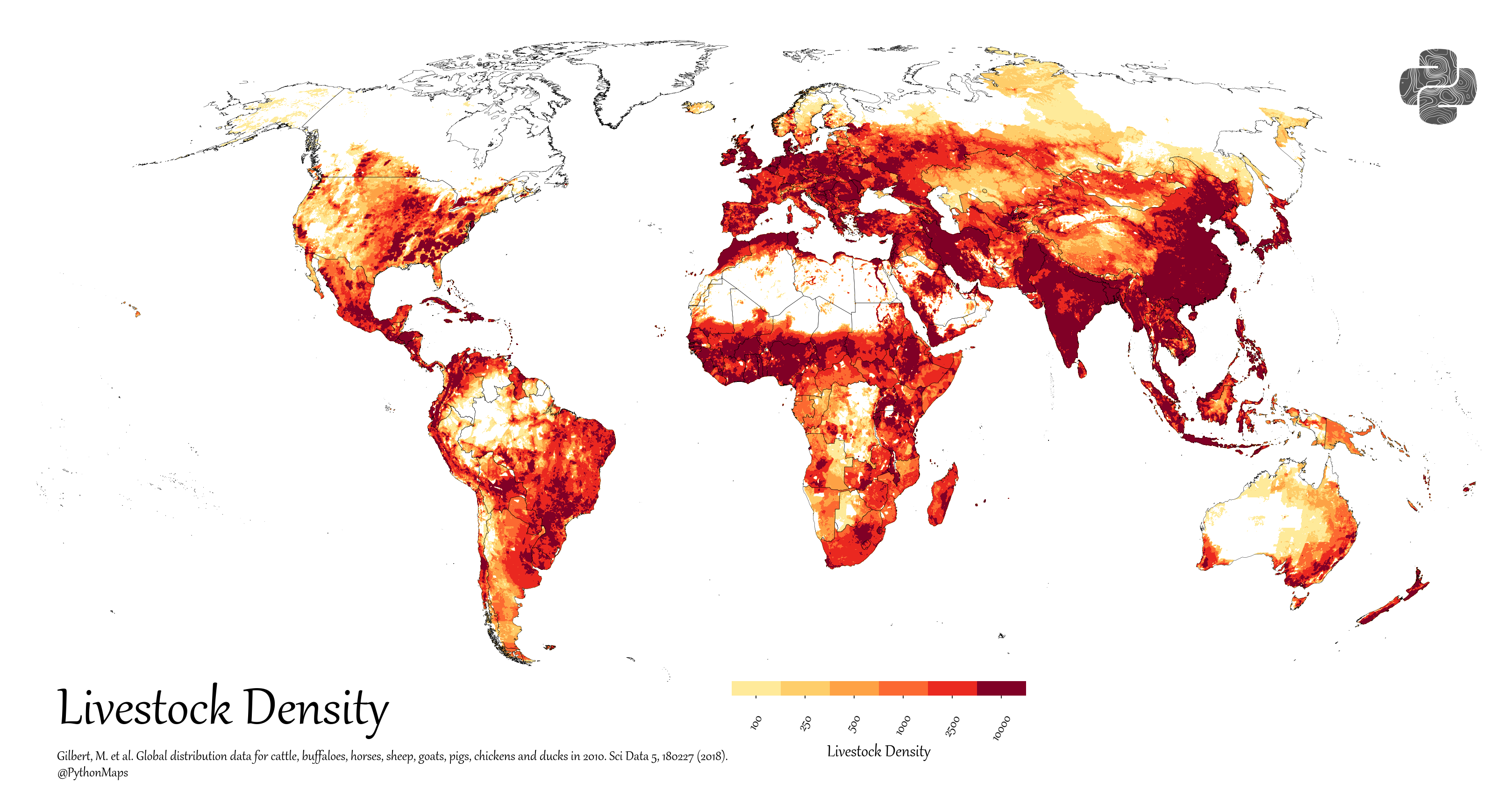
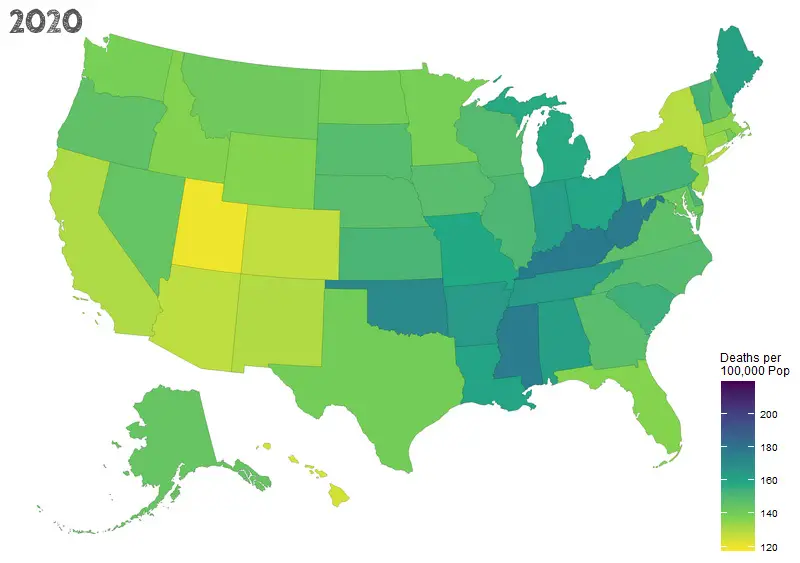

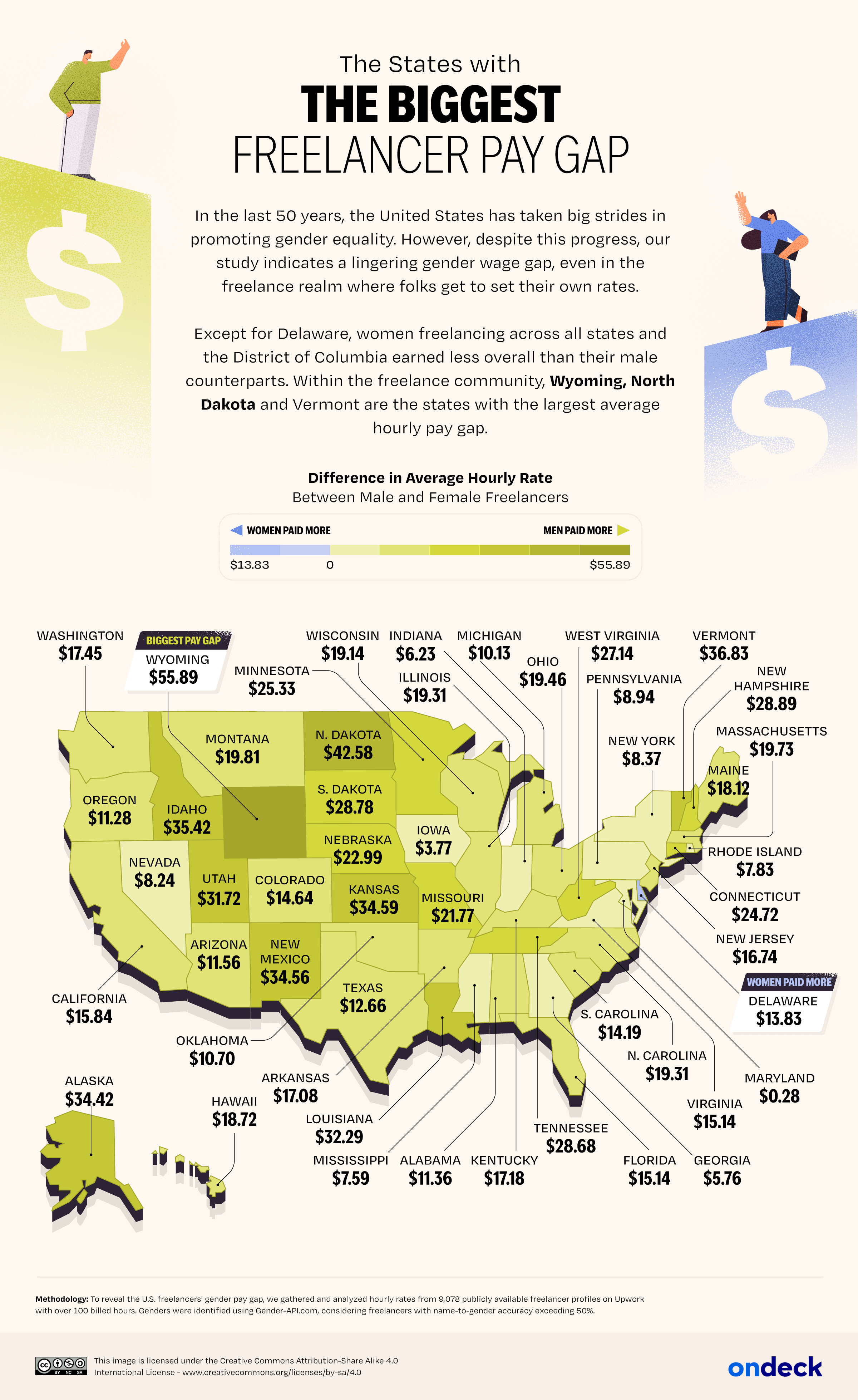
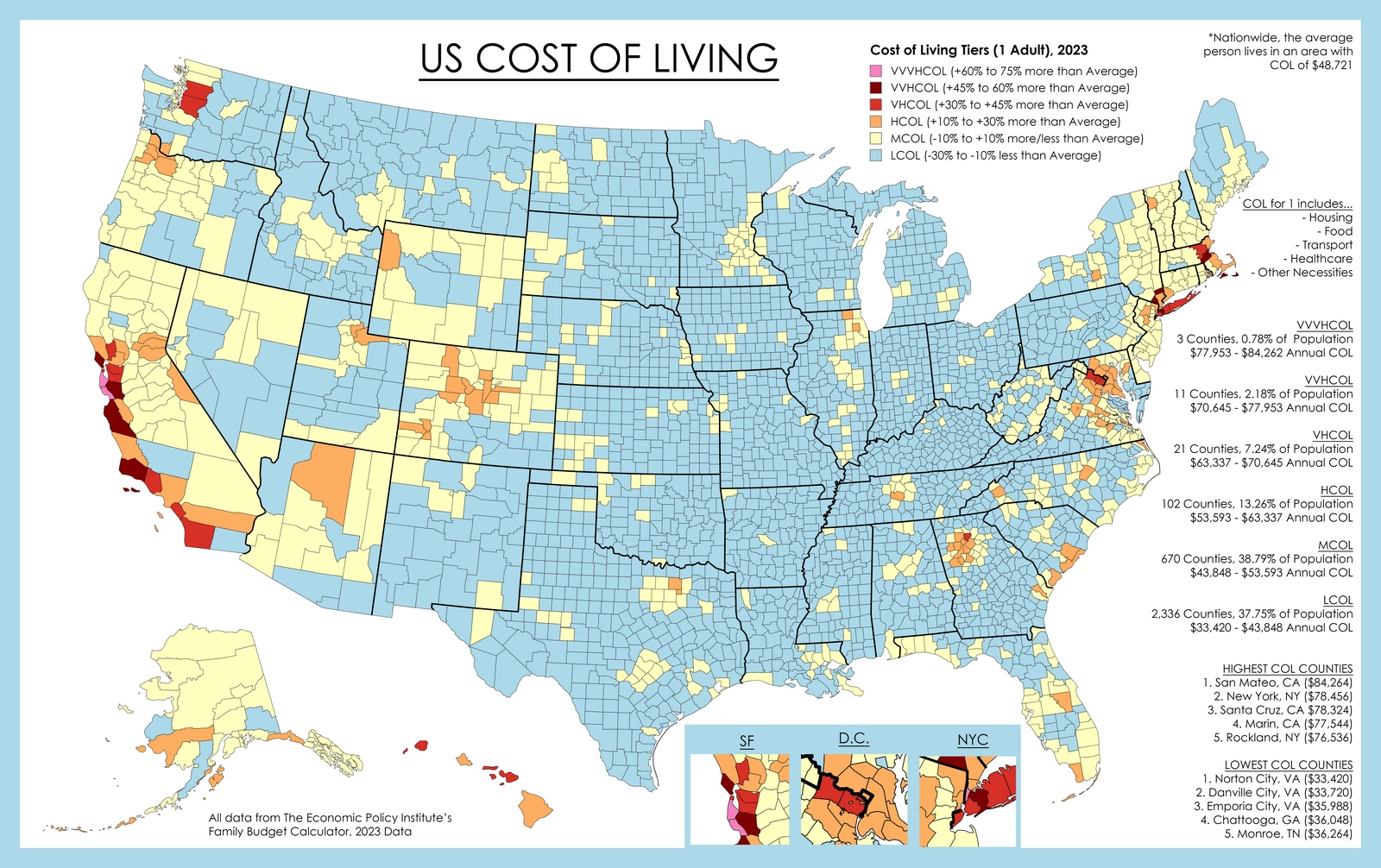
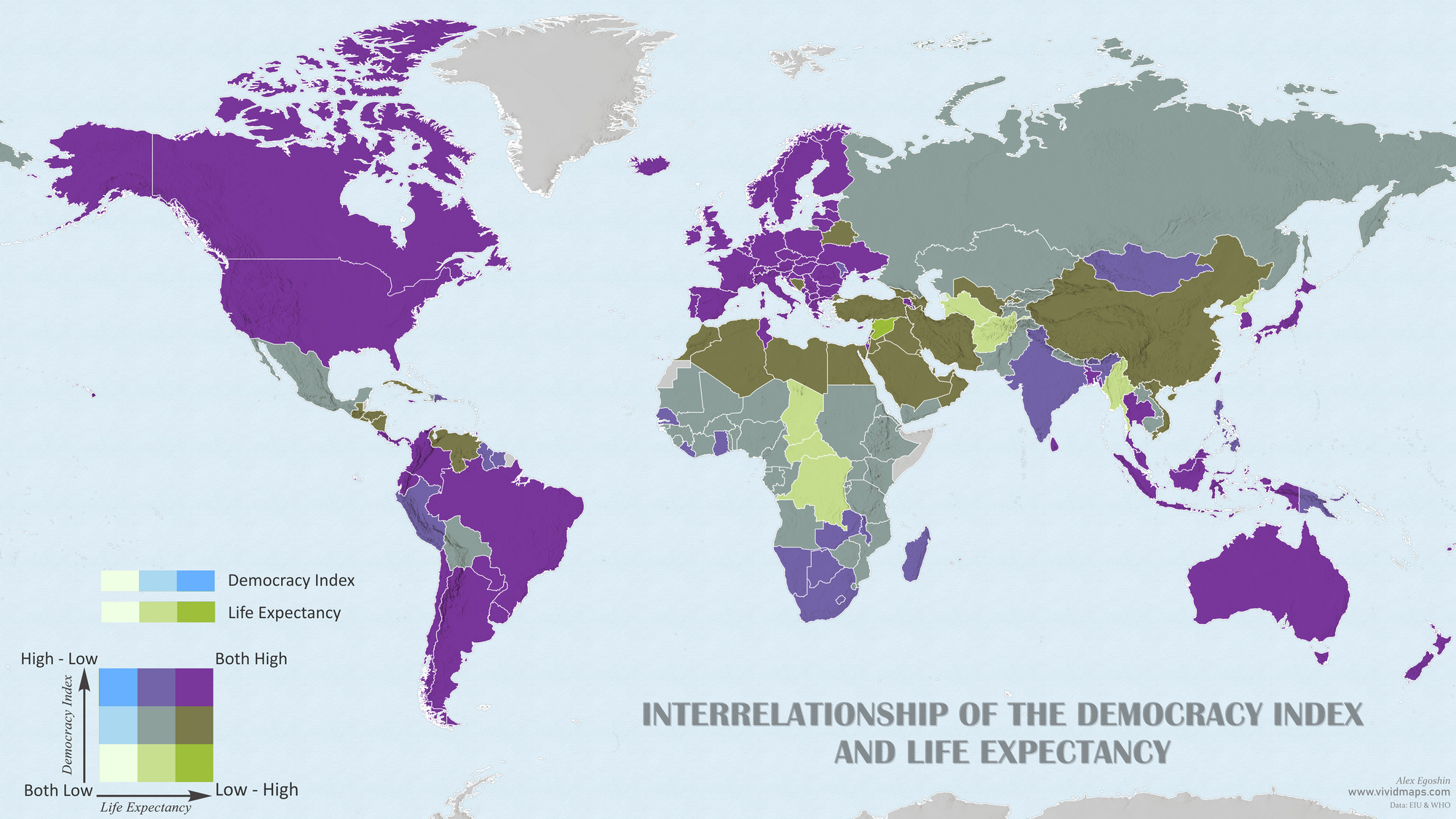
Unfortunately this has been the mantra which has led to the taking of indigenous land as well as exploiting it for toxic and nuclear waste.
Indigenous to who? If possession is 9 tenths of the law, and nobody lives there…